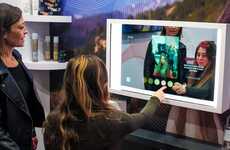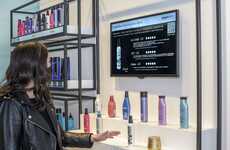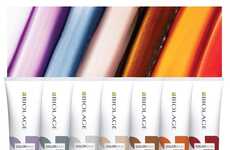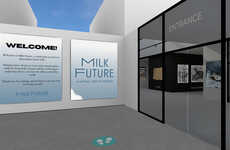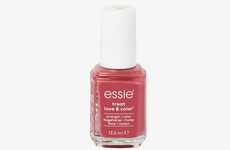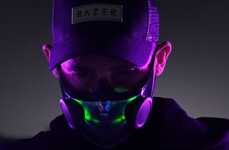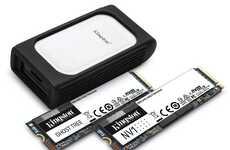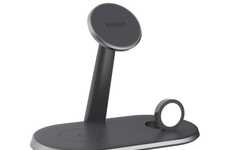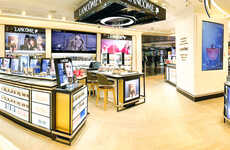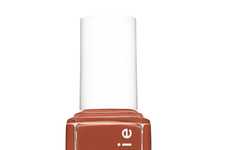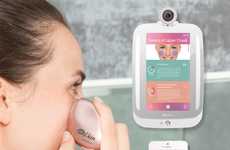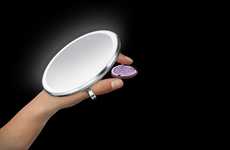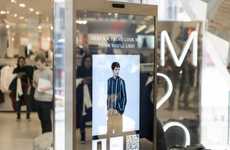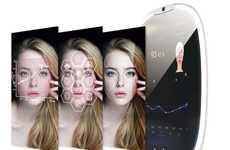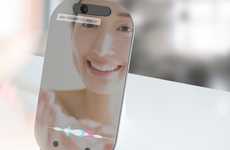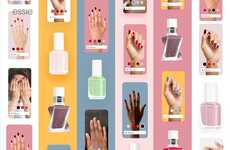

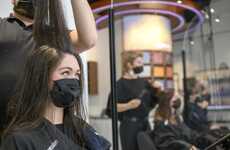

Brands are launching salons that are enhanced by AR technology
Trend - Beauty brands have been experimenting with beauty try-on technology for some time, but AR technologies are now sophisticated enough to use in salons reliably. Rather than solely relying on verbal communication, the software in the augmented salons helps both clients and hairdressers visualize the available options for styling, cutting, and coloring.
Insight - The rapid rate of technological advancement has increased consumers' expectations surrounding the products and services available to them. In services where reliable communication is key, consumers will flock to brands that allow them to experiment with their products or service before purchasing them. This level of engagement and personalization is crucial to contemporary consumers.
Insight - The rapid rate of technological advancement has increased consumers' expectations surrounding the products and services available to them. In services where reliable communication is key, consumers will flock to brands that allow them to experiment with their products or service before purchasing them. This level of engagement and personalization is crucial to contemporary consumers.
Workshop Question - How can your brand leverage augmented reality to enhance consumer satisfaction?
Trend Themes
1. AR Salon Technology - Beauty brands are investing in AR technology for in-salon experiences, allowing for enhanced communication and customer visualization of styling options.
2. Smart Beauty Consultation Tools - The rise of smart mirrors and AI-powered systems in the beauty industry is ushering in new tools for individualized customer experiences that allow customers to visualize changes and minimize unexpected outcomes.
3. Virtual Try-on Experiences - Virtual experiences such as Essie on Hand allow consumers to try out products remotely, enabling accessibility and reducing friction in the purchasing process.
Industry Implications
1. Beauty & Salon Services - The beauty and salon industry is seeing rapid innovation with the integration of AR and AI technologies to create more personalized experiences.
2. Consumer Electronics - The rise in technologies such as smart mirrors and facial recognition software is driving innovation in the consumer electronics industry.
3. E-commerce & Retail - Virtual try-on services and online purchase options are disrupting traditional purchasing models in the retail and e-commerce industry.
